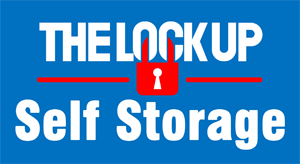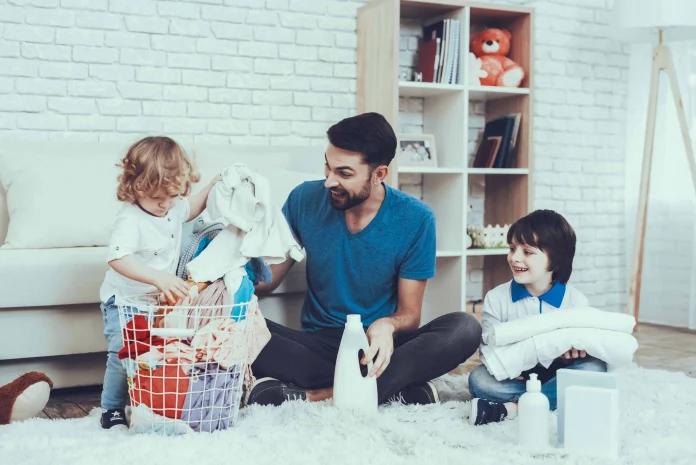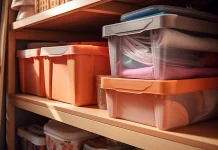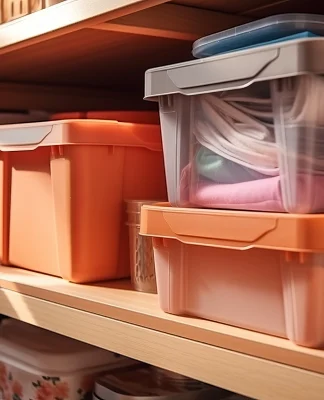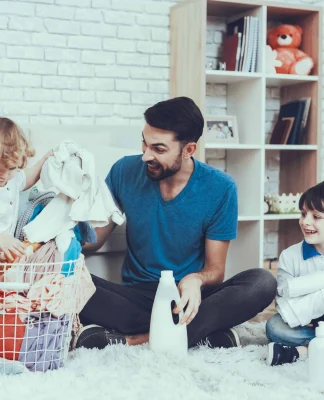As a parent, trying to put away countless toys, pick up millions of legos, or find the right outfit for your child is a never-ending battle. Even if you clean every night, somehow, you wake up to a colossal mess with toys strewn about and clothes falling out of the closet. While storage containers can help, old toys pile up, and it seems like every room gets overtaken. To help reclaim your space and tackle the mess, here are some of the best secrets to decluttering with kids.
12 Decluttering Tips to Keep Your Home Tidy
It’s easy for kids to make a mess—they’re busy exploring the world. But that doesn’t mean living in harmony with kid clutter is calming. Luckily, you don’t have to be a professional organizer to find ways to declutter with children. To help, here are some decluttering ideas to help keep things manageable.
1. Create Zones
Creating zones is one of the best ways to help keep your child’s bedroom or playroom neat and tidy. Not only does it make the cleaning process easier, but it also ensures that your kids don’t feel overwhelmed with their choices. Create one zone with a comfortable chair or reading nook and a bookshelf, another zone with a small child-friendly desk or table, and another with a few toys. If you have enough space for a play area, this can be an entire room spread out. If you only have a bedroom, that’s okay, too. Keeping the room decluttered will help them make the most out of their space.
2. Donate Toys Regularly
You’re probably familiar with your child’s favorite toys, but what about all the others? Are there any toys that get left untouched for weeks on end? What about toys that your child wouldn’t notice if they went missing? With so many choices, children can get decision fatigue and stick to what they like most. So, try to identify some toys your kids favor and put some lesser-used ones to the side. Don’t donate them right away. Instead, hold on to them for a week or so and see if your child notices. If they go a few weeks without mentioning it, put it in the donation pile.
Involving children in the donation process is also a good way to teach moderation and sharing. Before a birthday or the holidays, ask your children to find a toy they no longer want or want to give to another child. Starting this mentality early makes it easier for kids to let go of things they no longer use as they age and helps teach sharing.
3. Take Pictures of Toys You’re Letting Go
Getting rid of things can be just as hard for parents as it is for kids. Oftentimes, it’s not the toy that holds the memories but what it means for your child’s development. Document the journey to help you process your children aging out of toys or sporting gear as they grow. Take pictures of your child with their favorite toy. Schedule a photoshoot or snap a few pictures on your smartphone so you can look back and see your kids enjoying their favorite items. This way, when your child has outgrown it, you won’t try to find space somewhere to hold on to the nostalgia that item brings.
4. Try to Buy Less
As parents, it’s normal to want to give your children everything you can, but less is usually more. Don’t try to buy all of the newest toys or latest gadgets. Not only can this create a mindset of “more, more, more,” but it also results in clutter around your home. Instead, make it easy to keep a clean house by being strategic about your purchases. Stick to things your kids actually use and love, and only buy new toys or stuffed animals after one is donated or thrown away or on special occasions.
5. Use Bins and Baskets Strategically
Bins and baskets are a great way to store toys but try to be strategic about how you use them. Excessively large plastic bins can create bigger problems, as little ones will need to dump everything out to find what they’re looking for. Instead, sort toys into individual bins—i.e., stuffed animals, plastic toys, legos, etc.—and place them in a designated spot throughout the room. Then, when playtime is over, help your child put toys away into their respective places.
6. Get Creative with Storage
Making room for excess storage in your kid’s room or play area can be difficult, so don’t be afraid to get a little creative. Use vertical wall space and shelves to store books, get an over-the-door organizer, and take advantage of any space under the crib, dresser, or bed. This can help maximize play space without adding to a cluttered room. Apply the same mentality to your kid’s bathroom to keep it clean.
7. Try Rotating Toys
Children’s toys and games can accumulate quickly, overwhelming younger ones. Instead of having to put all the items back at the end of the day, try rotating their toys and games. This way, they can easily see their options, resulting in less decision fatigue. It also allows parents to see which toys they could donate, as children may show less enthusiasm for things they don’t feel they “need.”
8. Keep an Updated Library
As your children’s reading level advances, look through their library and see if there are any books you want to donate. While it can be hard to get rid of books that they once loved, keeping them can create a distraction for new reading opportunities and further development. If you don’t want to get rid of books completely, put them in a box and take them to your self-storage unit for safekeeping.
9. Create a Clean-Up Schedule
Have your kids help put things back by creating a clean-up schedule at the end of the day. This can make the process habitual and carry on into their teens and adulthood. Try to make it fun or make a game out of it to help encourage them to participate enthusiastically.
10. But Allow Them to Make a Mess
At the same time, don’t be too strict about small messes. As long as it’s not causing damage (i.e., writing on the walls), getting messy is part of childhood. Let them explore and get drawn into their imagination.
11. Keep a Condensed Wardrobe
How many t-shirts do your children actually wear? Do they have dresses that have never been touched? What about any shoes they complain about? Simplify their wardrobe by decluttering, making mornings a breeze. This way, if your child can’t decide what to wear (or you can’t decide what to dress them in), there aren’t hundreds of options to sort through. You should also get rid of anything that no longer fits, or that’s damaged.
12. Use Drawer Organizers
When storing clothes or items in drawers, it’s best to use a divider to help keep things organized. This will create small compartments that make it easy to find exactly what you’re looking for. Drawer organizers are especially beneficial for socks and underwear, but they can be used creatively to help you organize anything you want to keep in the dresser.
Maintaining organization throughout your home when you have kids isn’t always easy. From cleaning messes in kids’ rooms to trying to declutter your shared space, creative storage ideas may not cut it. To help you reclaim your home and create space for a rotation system, rent a self-storage unit from The Lock Up Self Storage. Self-storage units are a great way to keep toys, clothes, and craft supplies at hand while keeping your home clean and clutter-free. To make sure everything stays in great condition, opt for a temperature-controlled and protected storage unit, regardless of whether you’re looking for short- or long-term storage. A self-storage unit can help you declutter and organize life with children so you have more room to make memories. For a self-storage company you can trust, head to The Lock Up Self Storage today. All our self-storage units are climate-controlled and 100% secure, so you can be confident that your things are safe and well taken care of. To learn more about our available units near you or talk to a representative about our self-storage unit sizes, call us at (866) 327-LOCK today.

